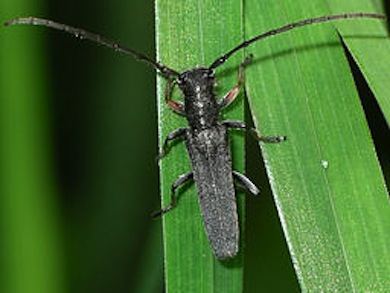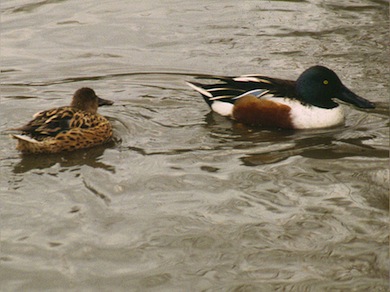Brent Reservoir (also known as the Welsh Harp) is a large area of open water, marshes, trees and grassland. The reservoir was created in the 1830s and at that time was used to supply the Paddington Branch of the Grand Union Canal. Today it forms an important refuge and breeding site for waterfowl and other birds. Rare wetland plants and insects also thrive at the site.Part of the site is a Site of Special Scientific Interest and a Local Nature Reserve. There is a well-established field studies centre at the western end of the site, managed by Brent Council. The reservoir and the land around it is owned by British Waterways.Most of the site is open to the public via a network of paths. Brent Healthy Walkers use this site – a Walking the Way to Health (WHI) scheme; see link for details.
Local Wildlife Site
Accessible Sites of Importance for Nature Conservation
Brent Reservoir (Welsh Harp)
Borough: Barnet, Brent
Grade: Metropolitan
Access: Free public access (all/most of site)
Area: 103.44 ha
Description
Wildlife
Plants of interest include southern marsh-orchid, greater spearwort and golden dock. The site holds one of the country's largest breeding populations of great crested grebe. Common tern, kingfisher, reed bunting and many warbler species also breed here. In winter, the reservoir supports nationally important numbers of shoveler and gadwall. The numbers of teal, tufted duck, pochard and mallard are also significant. Other species here regularly in winter include water rail and snipe. Smew, bittern, bearded tit and long-eared owl are occasional visitors. There is also an important community of invertebrates associated with both wetland and drier habitats. Over 40 rare species are present, including the flower longhorn beetle Phytoecia cylindrica and the southern yellow splinter (a type of daddy-longlegs). Other important insects include the chimney sweeper moth and the white-letter hairstreak butterfly. This is one of very few known sites in London supporting the water shrew.Facilities
Information (education and resource centre); car parking; nature trail; toilet; playground; picnic area; waymarked walking route. There are two bird hides on the site, although access is fo
The flower longhorn beetle, Phytoecia cylindrica © Keith Balmer

A pair of shovelers © Mike Waite
Feedback
Have a question or a comment for this site, or notice anything missing or out of date? Please contact us.
